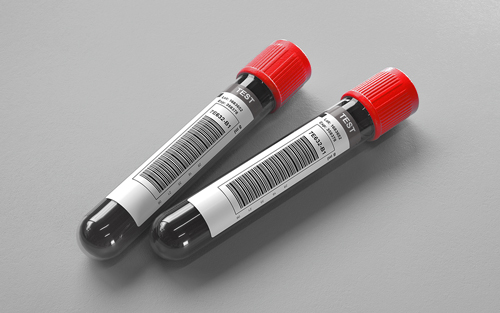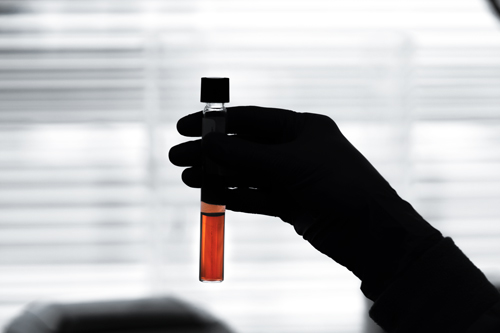Regulatory T-Cell Panel, FOXP3
Ordering Recommendation
May be useful when evaluating patients for a rare primary immune deficiency called IPEX (immune dysregulation, polyendocrinopathy, enteropathy, X-linked), graft-vs-host disease in post-hematopoietic stem cell transplantation, some malignancies, or autoimmune diseases.
New York DOH Approval Status
Specimen Required
Lavender (K2EDTA) or Pink (K2EDTA).
Transport 4 mL whole blood. (Min: 1 mL) Specimens must be analyzed within 48 hours of collection.
Refrigerated.
Clotted or hemolyzed specimens.
Ambient: Unacceptable; Refrigerated: 48 hours; Frozen: Unacceptable
Methodology
Quantitative Flow Cytometry
Performed
Sun-Sat
Reported
1-3 days
Reference Interval
| Test Number |
Components |
Reference Interval |
||||
|---|---|---|---|---|---|---|
| TREGS CD4+CD25+FoxP3+CD127- % |
|
|||||
| TREGS CD4+CD25+FoxP3+CD127- |
|
Interpretive Data
Regulatory T cells (Tregs) suppress the immune response, predominately through the transcription factor FOXP3. The major Treg population is CD4+, CD25+, CD127- with expression of intracellular FOXP3. Decreased Tregs occur in autoimmune disorders including allergy and asthma. Low numbers or compromised function of Tregs are found in graft vs host disease following bone marrow transplantation. Increasing Tregs is a potential cell therapy and decreasing Tregs may enhance immune surveillance of cancer cells. Monitoring Tregs may reflect the mechanism of disease and can assess the efficacy of treatment.
Severe FOXP3 compromise identified by low or absent Tregs is characteristic of the IPEX syndrome, which stands for immune dysregulation, polyendocrinopathy, enteropathy, and X-linked syndrome; however, some FOXP3 mutations may completely inhibit function yet still allow detection of the intracellular protein by immunologic methods, so absent Tregs by flow cytometry is sufficient, but not necessary for diagnosis.
Please note, reference intervals were established using normal adult donors aged 19 years and older. Therefore, clinical correlation of the results in pediatric patients is recommended.
Laboratory Developed Test (LDT)
Note
Pediatric ranges were not established.
Hotline History
CPT Codes
86356 x4
Components
| Component Test Code* | Component Chart Name | LOINC |
|---|---|---|
| 3002250 | TREGS CD4+CD25+FoxP3+CD127- % | |
| 3002251 | TREGS CD4+CD25+FoxP3+CD127- |
















